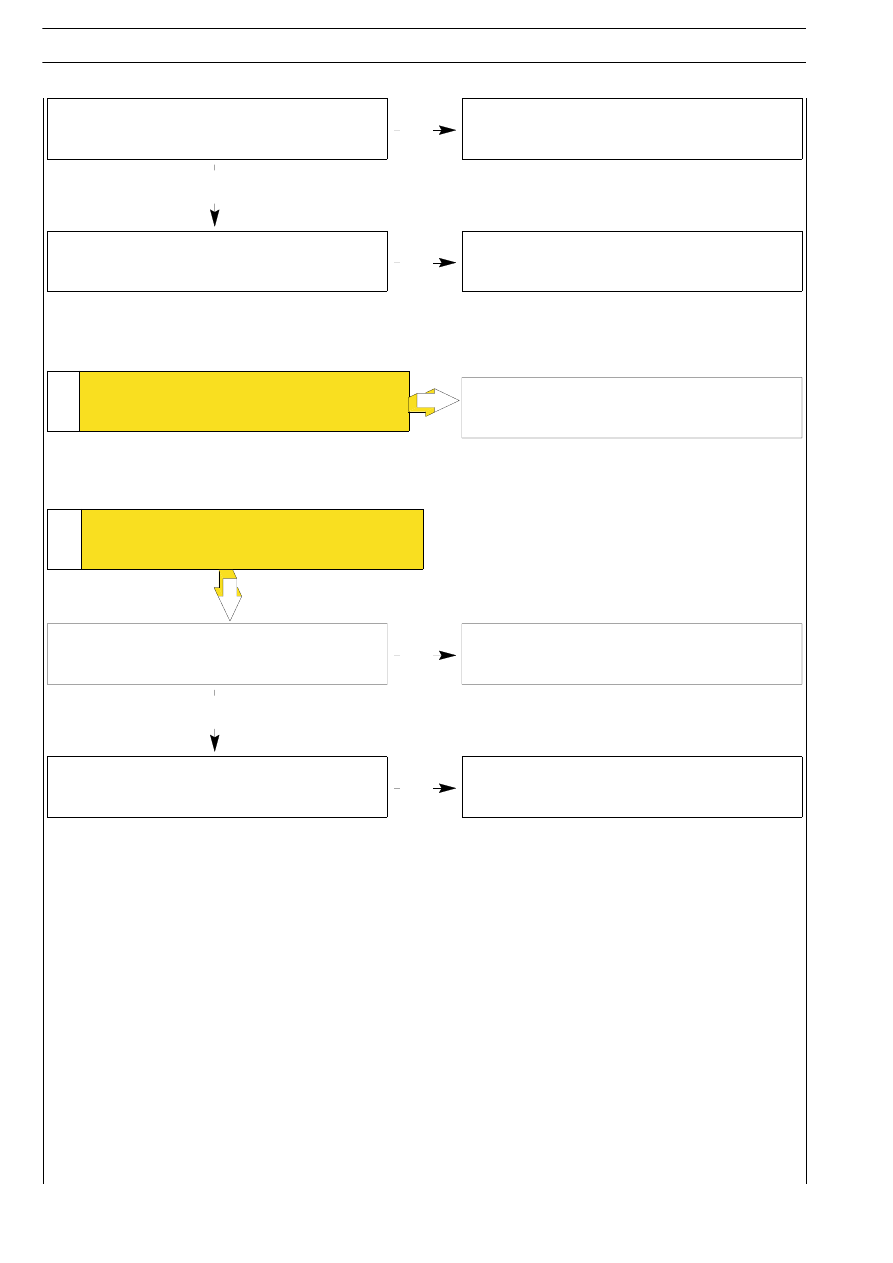Iveco Daily Euro 4. Manual - part 195

Oil leaking from couplings in power steering
circuit
YES
NO
YES
Check coupling seals for serviceability, replacing any
which are worn
Insufficient oil level in the tank
Top up level and bleed circuit
9
THE VEHICLE TENDS TO
MOVE SIDEWARDS
Replace the power steering unit
Check the windings and in case replace oil pressure
sender.
Oil pressure sender malfunction
10
YES
NO
HYDRAULIC POWER STEERING PILOT
LIGHT ALWAYS LIGHTED
YES
Hydraulic power steering oil level low
Top up oil
10
STEERING GEAR
D
AILY
E
URO
4